The Mill Reef Stakes in the United Kingdom is a two-year-old flat event.
Every year in September, at a distance of 6 furlongs, it takes place at Newbury.
Find out more about the Mill Reef Stakes:
Contents
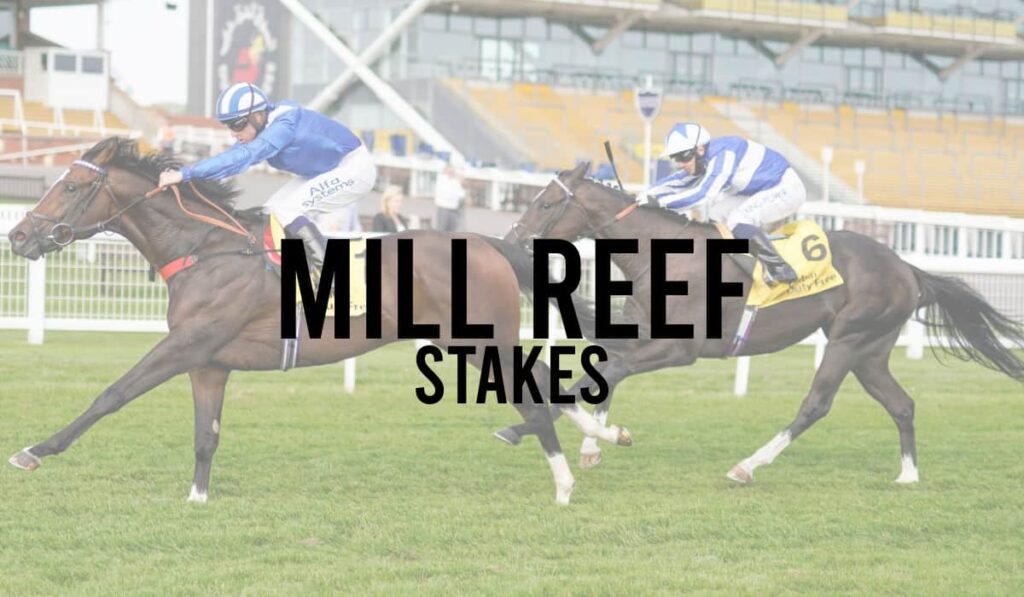
Mill Reef Stakes 2024 Odds
Here are the latest odds for the Mill Reef Stakes in September 2024:
These odds have not yet been released.
Mill Reef Stakes Tips
Here are some tips for Mill Reef Stakes in September 2024:
- 2 points to win for TBC at odds of TBC
- 1 point each way for TBC at odds of TBC
Some of the horses in the Mill Reef Stakes will run in other events later in the year. Stay updated on the horses and place ante-post bets if you want to wager on them.
For racing tips on more races at Newbury, check out our tips guide.
Our brilliant horse racing tippers provide super horse event tips for today for all Newbury racing events!
Mill Reef Stakes Previous Winners
Check out the previous winners below:
| Year | Winner | Jockey | Trainer |
|---|---|---|---|
| 2013 | Supplicant | Tony Hamilton | Richard Fahey |
| 2014 | Toocoolforschool | Silvestre de Sousa | Karl Burke |
| 2015 | Ribchester | James Doyle | Richard Fahey |
| 2016 | Harry Angel | Adam Kirby | Clive Cox |
| 2017 | James Garfield | Frankie Dettori | George Scott |
| 2018 | Kessaar | Frankie Dettori | John Gosden |
| 2019 | Pierre Lapin | Andrea Atzeni | Roger Varian |
| 2020 | Alkumait | Jim Crowley | Marcus Tregoning |
| 2021 | Wings Of War | Adam Kirby | Clive Cox |
| 2022 | Sakheer | David Egan | Roger Varian |
| 2023 | Array | Oisin Murphy | Andrew Balding |
Mill Reef Stakes Previous Result
Check out this result from the Newbury Racecourse:
Popular Questions
Where is the Mill Reef Stakes held?
The Mill Reef Stakes is held at Newbury Racecourse.
Summary of Mill Reef Stakes
Thank you for reading our Mill Reef Stakes guide.
Check out our guides to all the other Group 2 horse races.
- Ayr Gold Cup
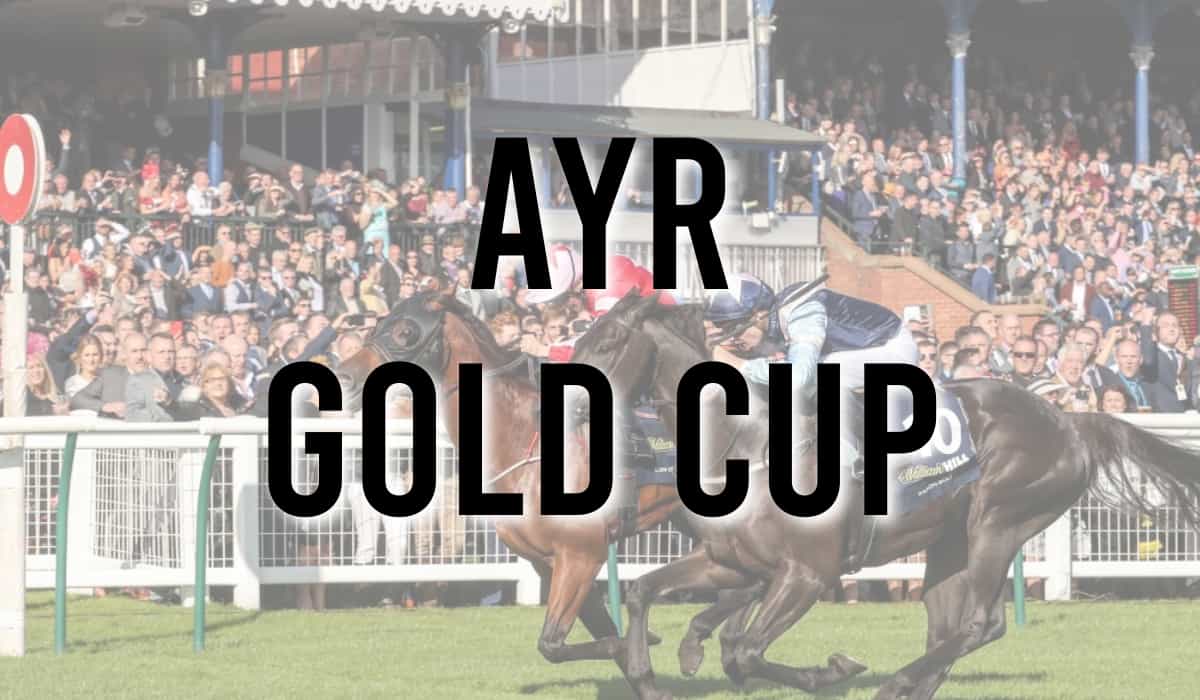
- Cambridgeshire Handicap

- Champagne Stakes

- Cheveley Park Stakes

- Clipper Boomerang Mile
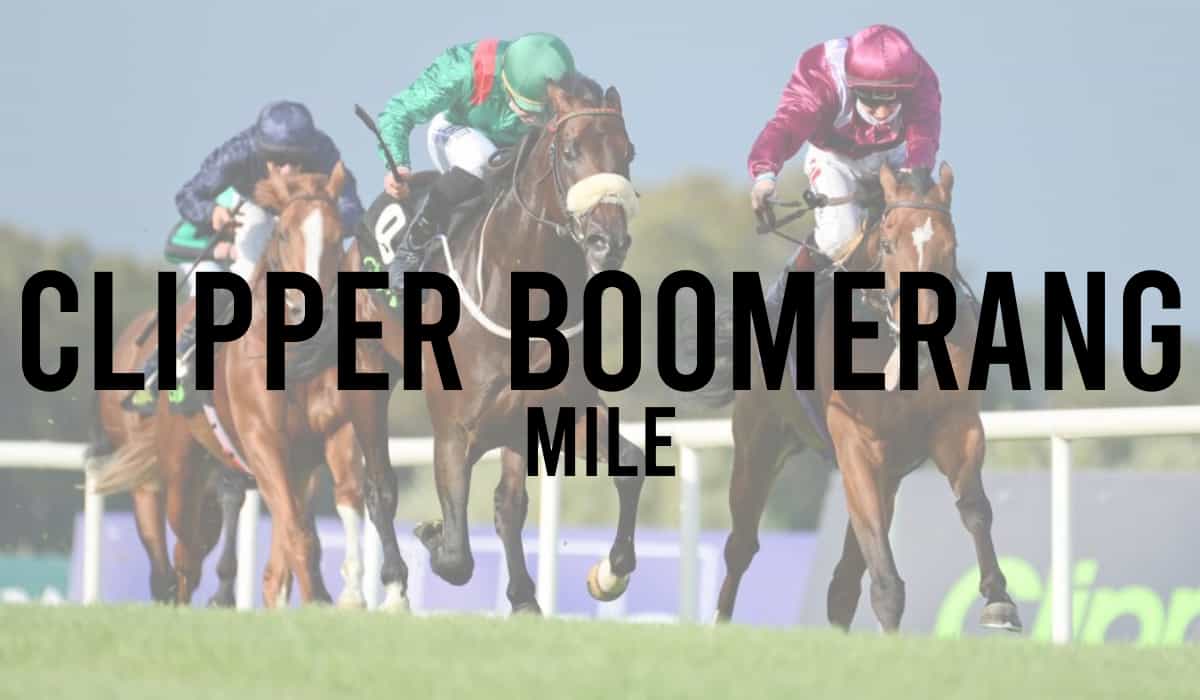
- Doncaster Cup

- Dubai Duty Free Cup

- Flying Childers Stakes

- Flying Five Stakes

- Haydock Sprint Cup

- Horse Racing In September
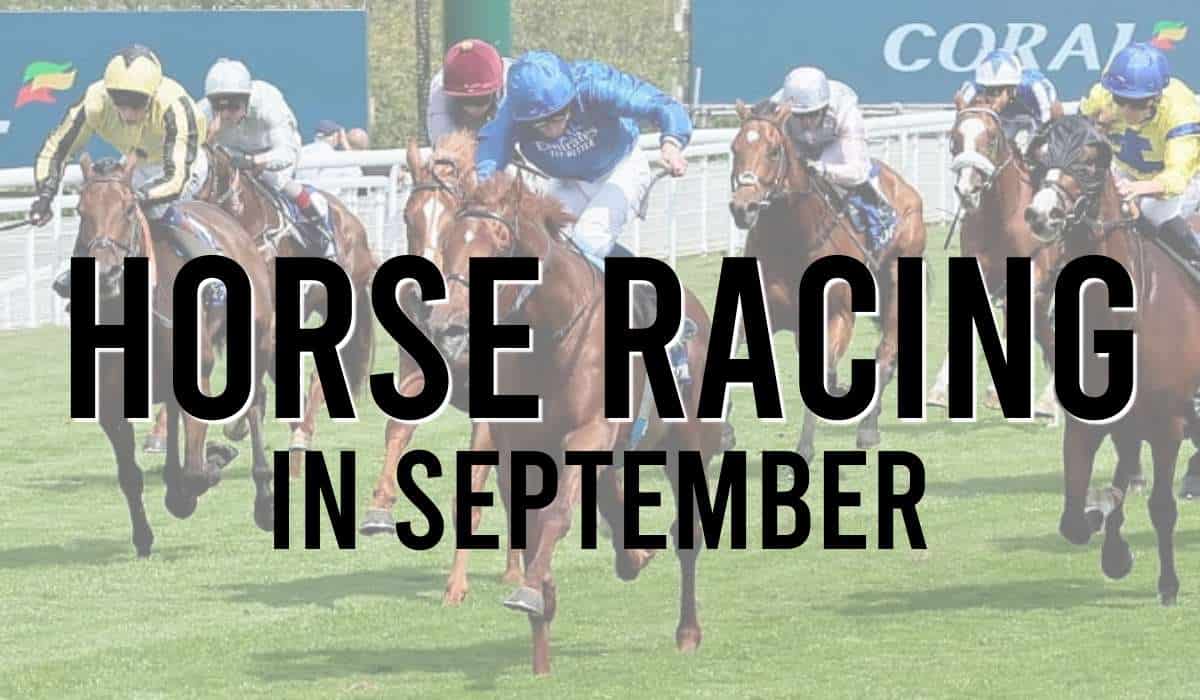
- Irish Champion Stakes

- Irish St Leger

- Matron Stakes

- May Hill Stakes

- Middle Park Stakes

- Mill Reef Stakes
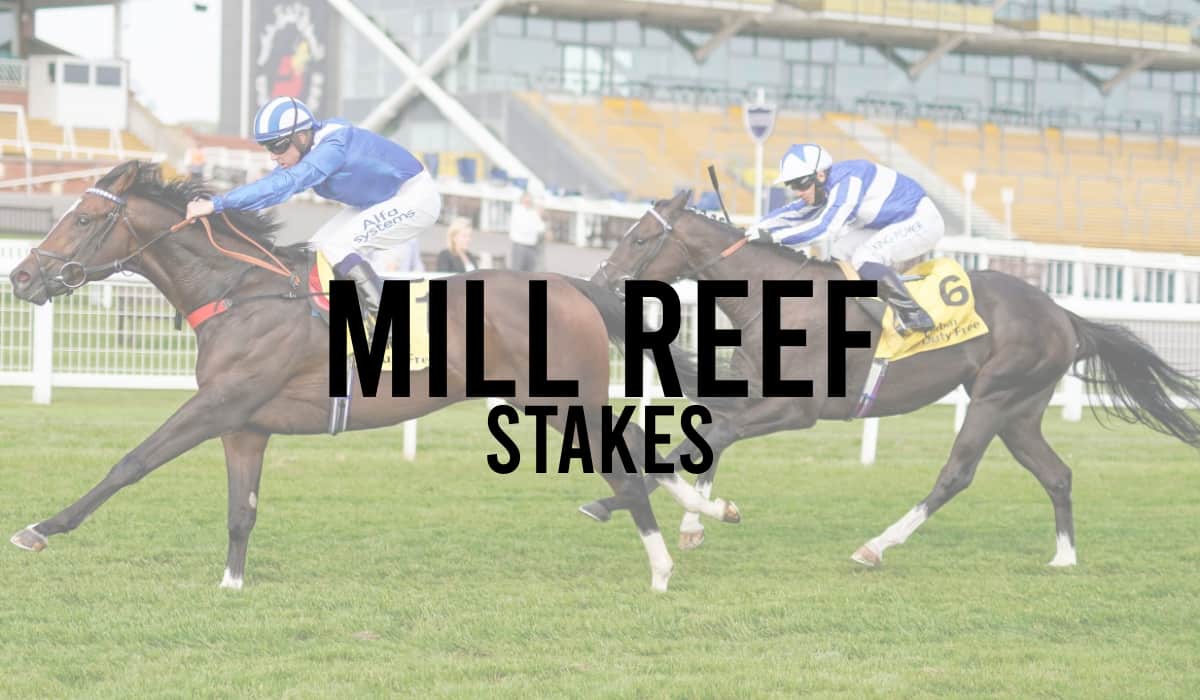
- Moyglare Stud Stakes

- Park Hill Stakes

- Portland Handicap

- Princess Royal Stakes

- Royal Lodge Stakes

- Sceptre Stakes

- Solario Stakes

- St Leger

- Tattersalls Stakes

- Vincent O’Brien National Stakes
